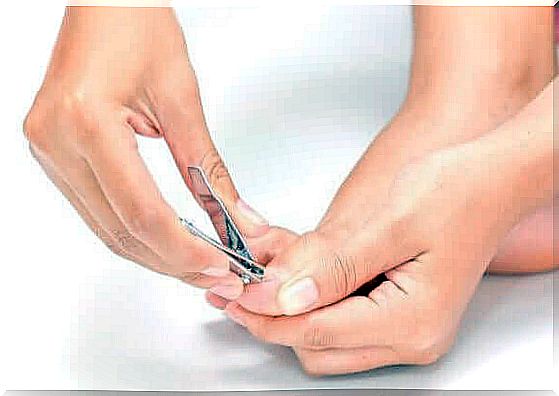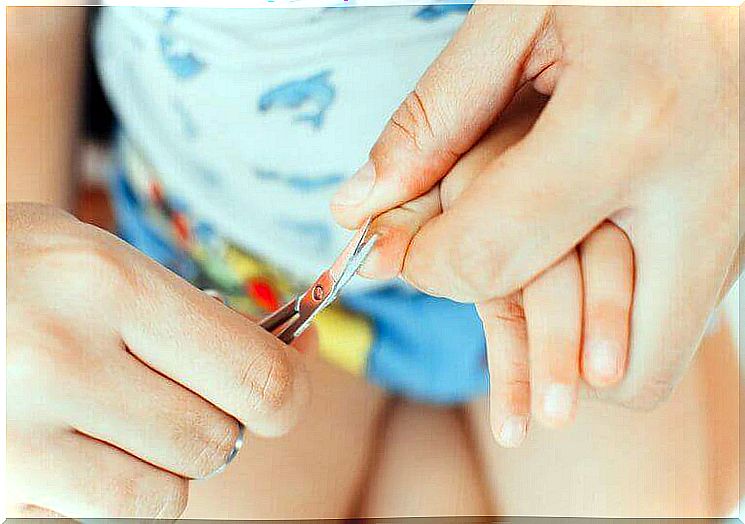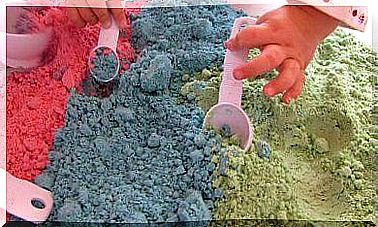What Causes Nail Ingrown And How Is Ingrown Toenail Treated?

Ingrowing a nail can cause even severe pain and, at worst, require surgical treatment. Today we will tell you what causes nail ingrowth and how to treat ingrown toenails.
What causes nail ingrowth?
Nail ingrowth means that the edge of the nail presses into the nail bed as it grows. Fingernails can also grow in, but the most common problem is on the toes and especially the big toe.
Nail ingrowth can be caused by a pliers nail, an injury, or a nail plate so wide that it does not fit in the space intended for it. Too small shoes, overweight and the position and function of the toes when walking increase the risk of nail ingrowth.

The discomfort caused by a wide nail plate is most common in children, who often have large nail barriers relative to the size of the nail. In adults, the nails may curl even further, which can increase the pressure on the nail wall. Pliers are a problem especially for older people.
Whatever is caused by nail ingrowth from anywhere, it causes redness, swelling, and mild pain in the nail bed tissue. It is important to address the problem at an early stage so that the nail bed tissue does not begin to excrete wet and eventually grows on top of the nail. At worst, the inflammation can spread and cause lymphadenitis and, after a long time, even a skin tumor.
Treatment of ingrown toenails
If the situation is not severe, nail ingrowth can be treated at home. When the initial symptoms are detected, the angle of the nail should be revealed, which is most easily achieved after a foot bath that softens the nail. After this, for example, a small cotton ball or a piece of nonwoven fabric can be placed under the nail for a day or two.
A daily foot bath and antiseptic cream for a week usually calms the situation. Once the acute situation is over, care must be taken to prevent the nail corner from sinking back into the nail roll tissue.
If a week of home care does not alleviate the situation, it is advisable to seek medical attention. In milder cases, a course of antibiotics often helps to calm the situation, and in more difficult situations, the overgrown cuticle is removed with a knife under local anesthesia. In some cases, the nail has to be permanently narrowed by surgically destroying the tissue that forms the nail.
Preventing nail ingrowth
Cut your nails correctly
Simply cutting your nails properly is an effective way to prevent them from growing in. The nail should not be cut too short or round, but the angle of the nail should always be visible.

Wear comfortable shoes
We recommend wearing shoes that are wide enough and avoid socks that are too tight. Tight socks and too small shoes should be avoided especially if the person has a tendency to nail ingrowth.
According to some experts, continuous nail waxing increases nail convexity, so repeated nail waxing should be considered if you are prone to nail ingrowth.









